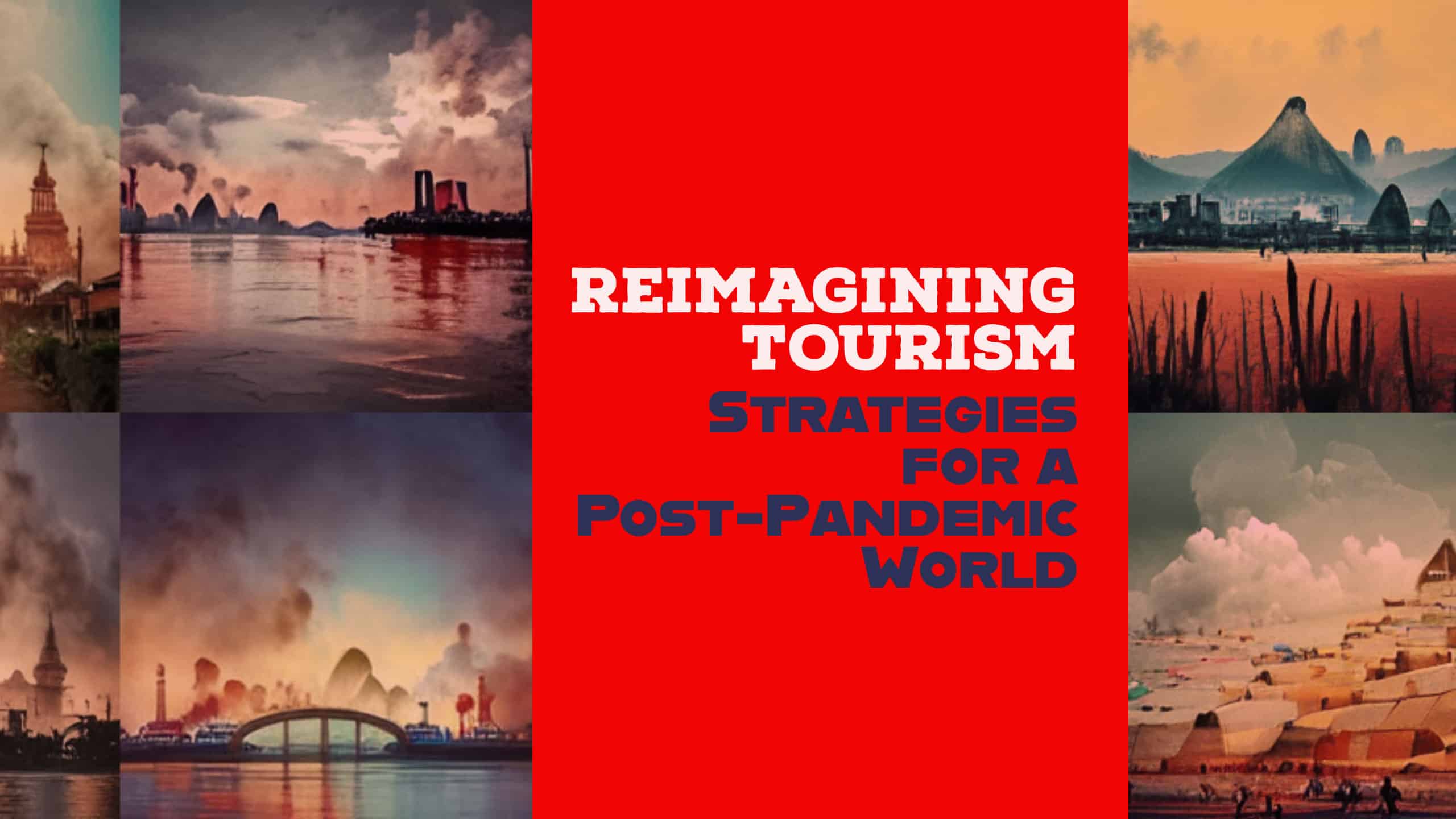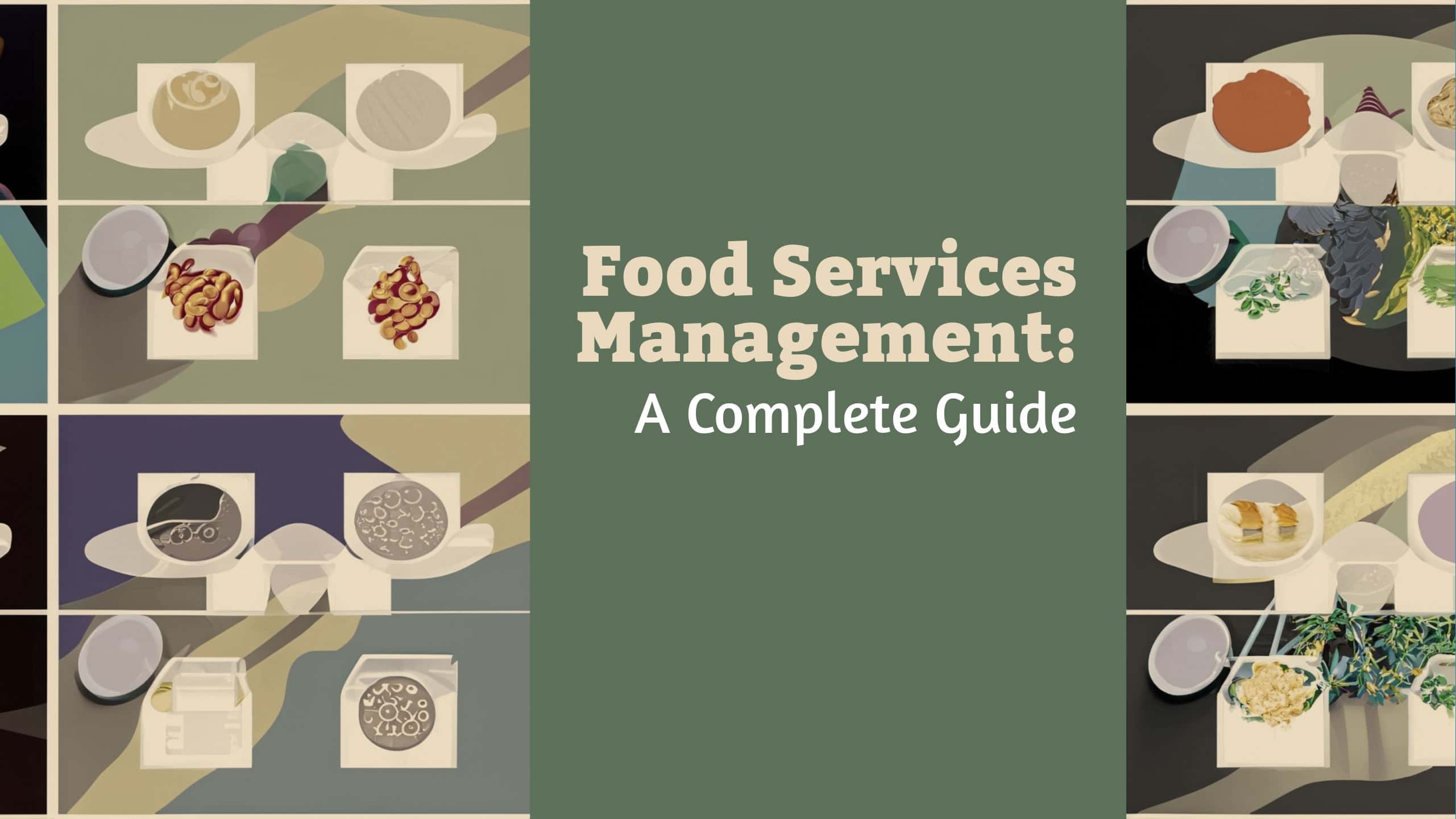- Home
- Tourism and Travel
- Reimagining Tourism: Strategies for a Post-Pandemic World
Table of Contents
The tourism sector has suffered greatly during the Covid-19 pandemic, which was brought to international attention in early 2020. Initially only thought to affect people in China, specifically in Wuhan, Covid-19 became a global pandemic, effectively restricting movement across borders. Flights were severely reduced, and international travel restricted. National governments enforced quarantines to prevent the spread of the disease, and citizens too, were afraid to travel for fear of contracting the disease. As early as mid 2021, though, many developed countries began to treat Covid-19 as a “new norm”. That is to say, they have accepted the risk that their citizens may contract the disease and are willing to live with it. This is with the assessment that to live with the risk would be preferable to keeping borders closed and having the economy take a downturn. Although Covid-19 is not yet over (there are still variants being mutated and cases of people contracting the disease, some with serious consequences), many other countries are joining the others in accepting the disease as a “new norm”.
How Badly the Tourism Industry was Affected
Globally, Covid-19 had affected the tourism industry to the tune of USD 1 trillion in 2020, and another USD 1 trillion in 2021. This value came from the loss of export revenues that could have been made if Covid-19 were to have not happened. Prior to Covid-19, the global tourism industry accounted for one tenth of global GDP, totaling USD 9,6 trillion globally. With the restrictions on international travel in 2020 and 2021, 62 million people lost their jobs and had to leave the tourism sector.
The worst to be hit by this were countries or cities that were highly dependent on tourism as a source of national or local income. In Thailand, for example, hotel operators had to seek government support, with at least 1 million of their local workers losing their jobs during the pandemic, according to a Nikkei report in early 2021. Tourism made up 20% of Thailand’s Gross Domestic Product (GDP) prior to the pandemic, serving about 40 million foreign tourists per annum. Not only that, it had many multiplier effects for other manufacturing and tertiary industries, which relied indirectly on tourism for income. Krabi, a southern beach resort, has seen the closures of at least half of its 900 hotels.
How the Tourism Industry will Fare in a Post-Pandemic World
It is important to note that Covid-19 is not over yet. New strains are still being mutated, and these strains might become stronger than the earlier ones that caused countless deaths and overloaded ICUs in hospitals to the point that beds and oxygen tanks were in short supply. Nonetheless, in a world that is increasingly treating Covid-19 as a “new norm”, experts predict that the tourism industry will return to its former self in 2023, if not, 2024.
Several indicators have suggested this idea. According to UNWTO (The World Tourism Organisation), international tourism saw a 182% increase in global travel between January and March 2022. Overall, there were 117 million international travellers as compared to the same quarter in 2021. Within this dataset, tourism in Europe increased by 280%, while tourism to the Americas increased by 117%. Despite the positive increase though, European tourism still falls 43% short of pre-pandemic travel, and American tourism is still behind its pre-pandemic levels by 46%.
Tourism in Asia has not improved as much. There was only a 64% increase in 2022 as compared to 2021, which is still 93% below its pre-pandemic levels. This is primarily because not all countries in Asia have opened up. China still has a “zero Covid” policy and have imposed strict and persistent lockdowns even in 2022. This policy hinders a move to the “new norm”, which affects global trade and tourism to and out of China.
Aside from China, the war in Ukraine has also affected international travel indirectly. The war has been a major cause of global inflation and a hike in oil prices, and has led to side effects such as bankruptcies in the web3 sector as well as downsizing in the web2 sector.
Based on these current events, ceteris paribus, the global tourism industry is predicted to recover in 2023. WTTC (World Tourism and Travel Council) expects the tourism industry to post an annual growth rate of 5.8% per annum for the next 10 years, moving forward. The expected revenue in 2023 will be $9.6 trillion globally, signaling a return to pre-pandemic levels. Furthermore, it expects that there will be 126 million new jobs created in the tourism sector over the next 10 years.
Dragon King Events
Lest we forget, Covid-19 had very severe effects on global public health in 2020 and 2021. Just as recently as 9 Feb 2022, the number of Covid deaths numbered at 13,126 globally. Only recently have the deaths started to taper off, perhaps due to widespread vaccination, or perhaps because the new mutated strains are not as fatal as earlier strains. Strains could mutate again into more deadly strains.
This is what we call as “dragon king” events, which, in risk management terminology, refers to events which have a precedent but nonetheless caught us unaware with no early warning indicator. These dragon king events are very difficult to prepare for, and the only thing that governments can do, in the event of dragon king events is to take speedy action after the fact to ensure that the risk is contained.
Governments in many countries, although having officially accepted Covid as the new norm are always on the alert with regards to the mutation of strains and are always ready to reinstitute measures which have proven to contain the spread of Covid. These might include lockdowns, contact tracing, social distancing and halting international travel again.
Should this happen, it would certainly pull the recovery of the tourism industry a few steps back. As such, the tourism industry would do well to plan for such situations moving forward. If and when these strict measures are reinstituted, what are other sources of income they could consider pivoting to? What are alternative products and services they could provide? All these would certainly reduce the impact of the uncertain future on the tourism industry.



